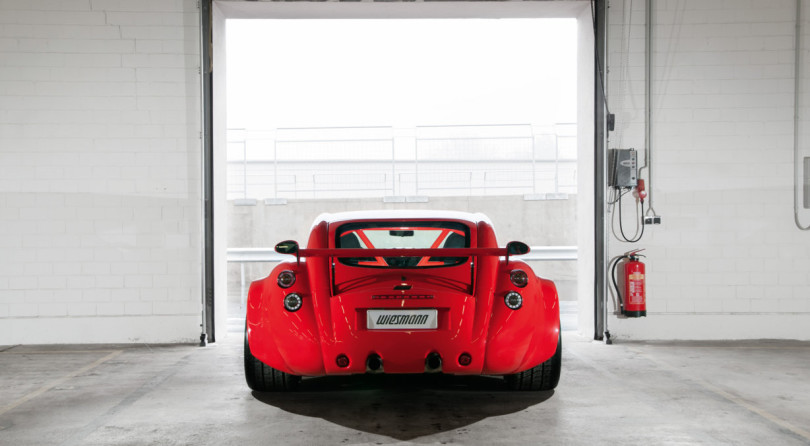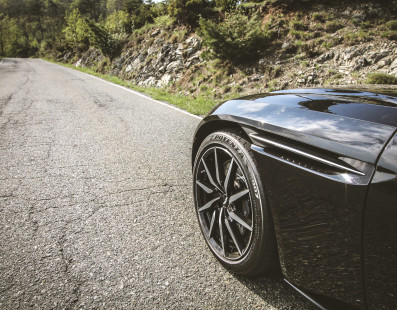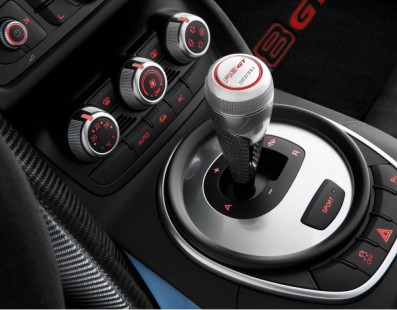
Your First Steps on Track
We all drive, but we really do it right?
We must first honestly answer this question, especially when deciding to wear a helmet and gloves and hit the track. It doesn’t matter if you have more or less experience in Gran Turismo and Forza Motorsport: this time, it’s no joke. The slightest mistake can turn a fun day into a nightmare and hurt you and other people. Every weekend we see racetracks crowded with amateurs that with more or less powerful cars launch themselves into mad pursuits, to the limit of safety, and while marshals play hide and seek to make money, you should do your best for returning to work at the office the day after. Yes, because we are not drivers. That’s why we decided, thanks to three key figures of ACM, to explain what is best to keep in mind, when you have to deal with the Fernando Alonso of the situation.
Jack Dwarren, our professional racing driver, will analyze the most advanced level, Alex Marrone will try to figure out how to make the most out of supercars and powerful cars, while Andrea Balti will shed light on the correct behaviors, useful for a sporty driving, safe, but also fast.
Today, our brief introduction will focus on the basics of driving on track.
Trying to be rather schematic, I decided to divide the topic in 5 points:
1) We are not alone and cars, especially if different, have different braking distances and cornering speed, therefore it will be important to use your mirrors and constantly keep an eye on the others.
2) We are on track, there are no speed limits and we want to go fast. So far, no problem, but it is important to remember that overtaking should be subsidized. If a car or driver is faster, keep yourself to the outside of the bend and give him room to overtake without obstructing the road. This will avoid going home on the tow truck and with a swollen eye.
3) If you use a road car, unless it is a supercar with cutting edge mechanics, just remember that the mechanical parts may suffer overheating and fatigue (brake, clutch) and their skills may deteriorate lap after lap. It is therefore useful, in addition to avoid excessive urge, not to constantly lap as if your life depended on it. A good idea would be to alternate some slightly less sustained laps to your faster ones.
4) By logging on point #3, I propose to drive, depending on the length of the circuit, not more than a specified number of laps at a time, always followed by one to cool down the engine and the mechanical organs, with a slower pace. The air that the engine can receive traveling, will always be greater than what you can offer stopping the car immediately after the fastest laps.
5) While going back to the pits, do not turn off the engine immediately. Open the hood or try to make it get more air to decrease the temperature. Finally, forget the handbrake. With discs and calipers reaching extremely hot degrees, the last thing you want to do is a brakes jam.
Andrea Balti



